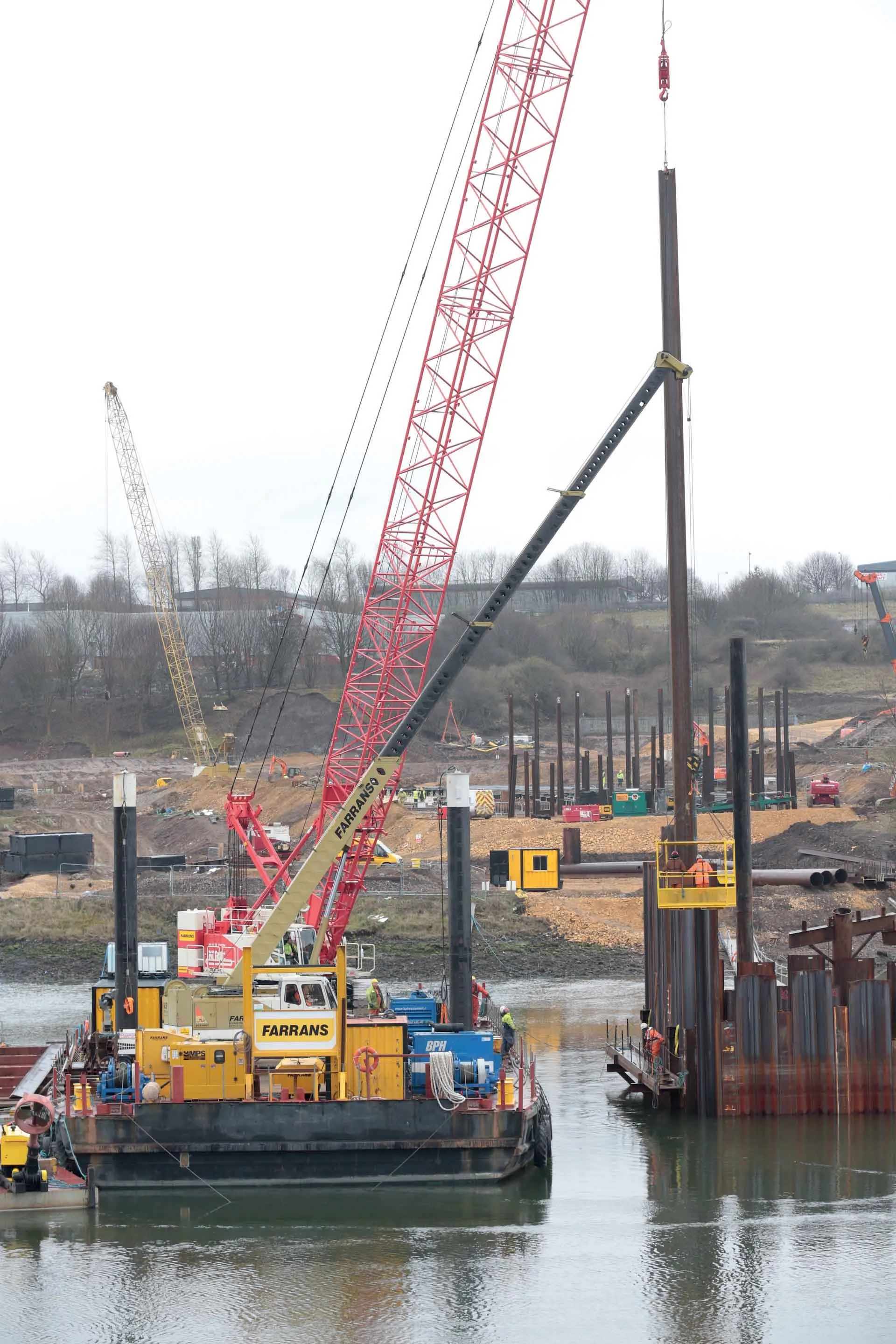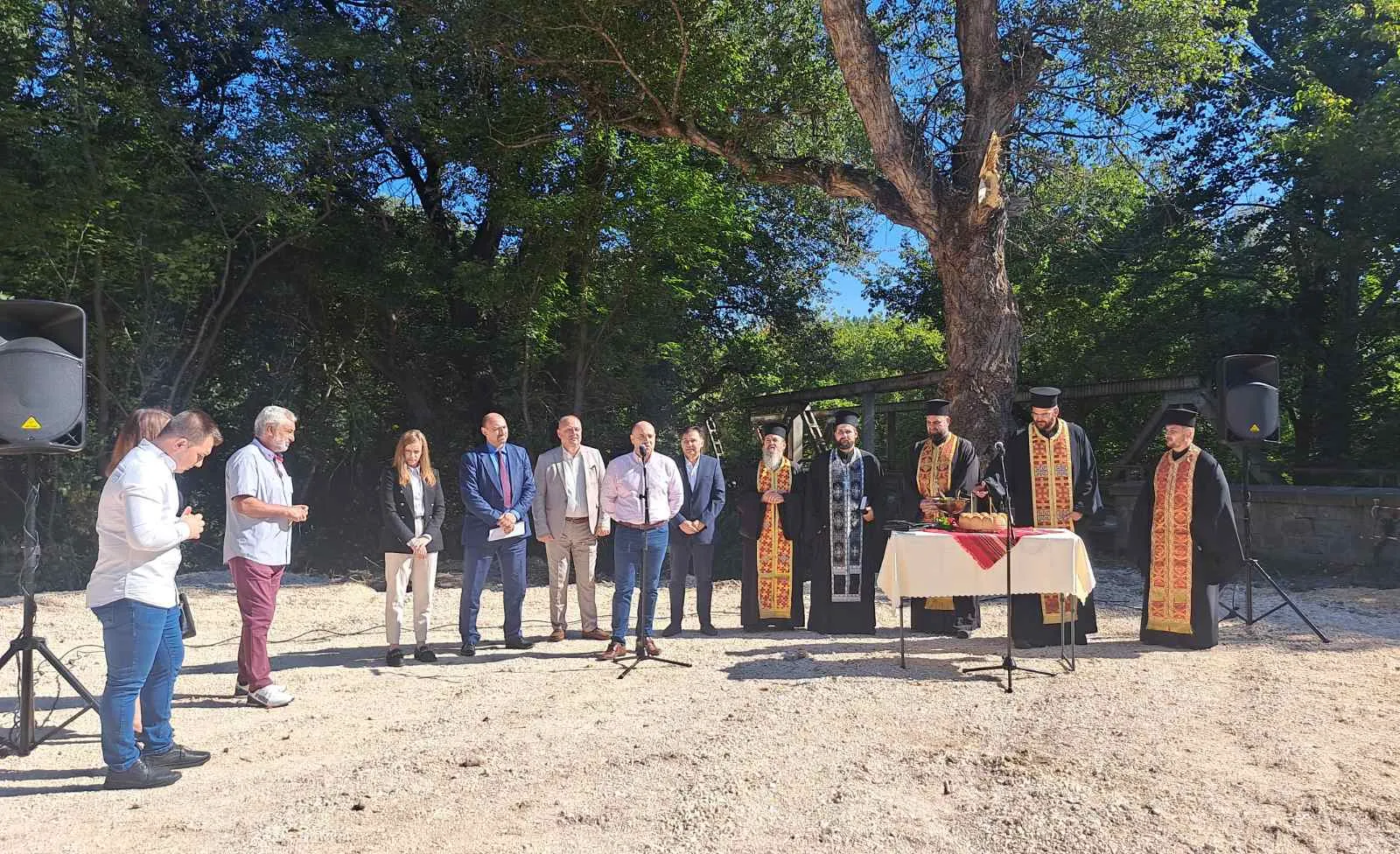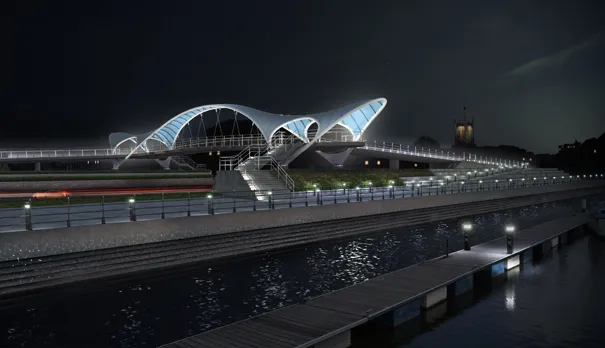In the UK, foundation work for Sunderland city’s new bridge is about to start as the huge cofferdam in the middle of the River Wear nears completion.
Water has been drained out of the cofferdam, a large steel watertight structure within the river, to allow the building of pylons for the bridge deck.
It is the first bridge to be built over the Wear in Sunderland for more than 40 years and is part of the wider strategic transport plan to link the Port of Sunderland and city centre with the A19 road.
May 25, 2016
Read time: 2 mins

In the UK, foundation work for Sunderland city’s new bridge is about to start as the huge cofferdam in the middle of the River Wear nears completion.
Water has been drained out of the cofferdam, a large steel watertight structure within the river, to allow the building of pylons for the bridge deck.
It is the first bridge to be built over the Wear in Sunderland for more than 40 years and is part of the wider strategic transport plan to link the Port of Sunderland and city centre with the A19 road.
Before the end of the year, a 105m A-frame pylon will be floated from Belgium on a giant barge before being slowly hoisted into position on the river. It will take several hours to raise the pylon and secure it.
Stephen McCaffrey, project director for FVB joint venture, created by1622 Farrans Construction and Victor Buyck Steel Construction, said the positioning of the pylon will be “a very complex project” and “not straightforward”.
Farrans Construction is a building and civil engineering contractor across the UK and Ireland. Victor Buyck is based in Belgium and specialises in major structural steelwork, especially steel bridges. The FVB joint venture is supported by their design team led by Buro Happold Engineering and Roughan & O'Donovan.
Sunderland City Council is holding a two-phase consultation to find a name for the new bridge.
Water has been drained out of the cofferdam, a large steel watertight structure within the river, to allow the building of pylons for the bridge deck.
It is the first bridge to be built over the Wear in Sunderland for more than 40 years and is part of the wider strategic transport plan to link the Port of Sunderland and city centre with the A19 road.
Before the end of the year, a 105m A-frame pylon will be floated from Belgium on a giant barge before being slowly hoisted into position on the river. It will take several hours to raise the pylon and secure it.
Stephen McCaffrey, project director for FVB joint venture, created by
Farrans Construction is a building and civil engineering contractor across the UK and Ireland. Victor Buyck is based in Belgium and specialises in major structural steelwork, especially steel bridges. The FVB joint venture is supported by their design team led by Buro Happold Engineering and Roughan & O'Donovan.
Sunderland City Council is holding a two-phase consultation to find a name for the new bridge.








